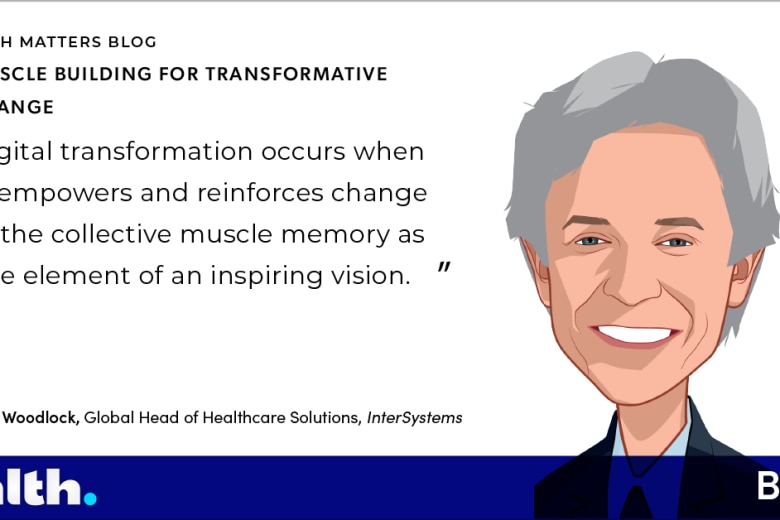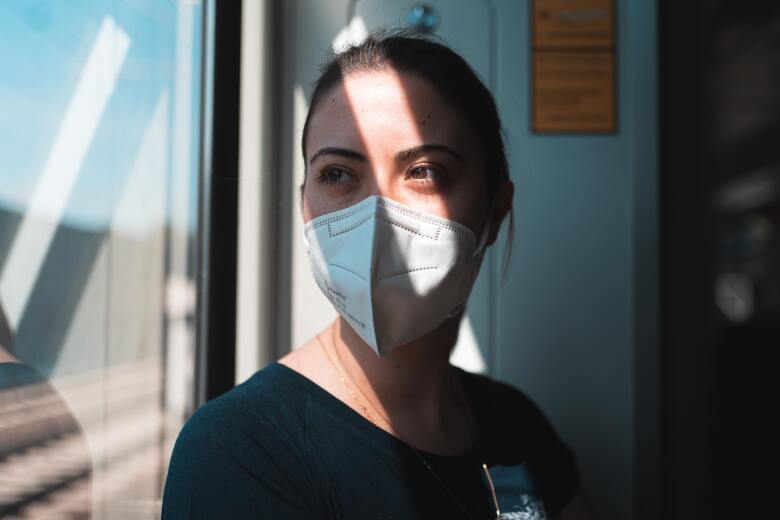When my UC Davis Health colleagues and I set out to streamline provider access to genomic data reports, we hoped that the information would help clinicians provide better, more personalized care. Our genomic data didn’t have a home, and it was neither searchable nor tied to patient charts. If we could leverage SMART on FHIR (Fast Healthcare Interoperability Resource) connectors to build a context based, single sign-on between platforms, our care teams would get data earlier and patients would be in a better position to survive with a positive outcome in their battle with cancer.
That’s exactly what happened. Our work to bolster genomic data reporting brought 50 discrete data points to clinicians’ fingertips, meaning less time searching for reports, providing discrete data with important insights, simplified access to clinical trials information, and timely care.
But this single project wasn’t our end goal. It was an early step in a journey to build a wide digital front door, encompassing increasingly larger and more varied data sets, with help from InterSystems.
What’s a digital front door? It’s the sum of every virtual encounter that someone — typically a patient or member — has with your healthcare organization. According to the research firm IDC, 65% of patients will walk through such an entryway by 2023. But what about everyone else? At UC Davis Health, we resolved to establish a digital front door that welcomes everyone — not just genomic data vendors, but patients, payers, and partners alike.
By becoming flexible, fast, and first, we’re nurturing innovation, achieving efficiencies across the academic medical center, and optimizing care. Here’s what I’ve learned about how a digital front door can help every healthcare organization.
It’s Time to FHIR Up Your Interoperability Efforts
At UC Davis Health, we decided to expand our digital front door strategy because we did not want to get ‘wiped out’ by FHIR tidal wave barreling in. SMART-on-FHIR applications, along with rising adoption rates around tools like Apple HealthKit, suggested that vendors would soon need to access data that had been closed to third parties for years and our Digital Front Door would be just the tools and technology we needed to artfully ride that FHIR tidal wave. Plus, it was apparent that the 21st Century Cures Act would ultimately require health systems to support the next stage of interoperability for patient access to their data.
Not many healthcare organizations had a digital front door strategy for this. Although we spent years transitioning from homegrown legacy systems and in-house applications to best-of-breed technologies, interoperability described data moving internally, not externally.
We could’ve chosen to connect payers and partners directly to our EHR, but that wouldn’t have delivered access to data that lives elsewhere. It also could’ve meant a greater cost and difficulty to our partners, while being beholden to a single vendor for every application and partner connection.
Instead, we at UC Davis Health developed our own architecture, using our preferred solution stack. InterSystems IRIS for Health™ and HealthShare® processed enormous volumes of data stored off platform, connected non-FHIR apps, and enabled us to create rules that ensure access for all our partners.
In little more than a year, we’ve deployed a development endpoint for InterSystems API manager, and we’re working with several partners on pilot projects to connect them to our API library. When the world moves quickly, healthcare must, too.
Do You Really Want to Piecemeal Your Digital Front Door?
What makes UC Davis Health’s approach to the digital front door stand out is our commitment to creating a center of excellence around interoperability.
Most health systems employ a federated model, solving for clinical data aggregation in one bucket and initiatives related to FHIR, interfaces, and research elsewhere. At UC Davis Health, we have one team and one support model that drives data exchange across the organization.
That means more flexibility. As COVID-19 upended everything, for instance, many hospitals had to wrangle three or even four teams to adapt to increased demand for virtual services. We got the job done — fast — with a single group.
As United States Core Data for Interoperability (USCDI) standards kick in, health systems must ensure access to electronic health information, which lives in every nook and cranny of the health systems’ digital ecosystem. Sharing clinical data that lives in the EHR simply won’t be enough. A wide digital front door — accessible through one entry point — is our best bet.
Take on the Cutting Edge
I recognize that not all health systems have the same resources. But the real innovation here is a vision that anyone can adopt.
Healthcare organizations need to create solutions for patient data access, as governed by USCDI standards. If you develop that capability, why not take the extra step to empower patients, payers, and partners to use this mechanism as a resource?
In doing so, you just might find that you’re ready to innovate around genomics, remote patient monitoring, and whatever else tomorrow brings.
Have you registered for the Virtual Leadership Conference on December 8, 2021?
InterSystems can help you achieve your interoperability and data integration goals. Contact us today.
About the Author

Michael Marchant has spent the last 25+ years implementing complex technology and integrating data in his leadership roles for leading healthcare organizations. Michael has spent time working with and for application vendors, provider organizations and government entities leading teams and delivering needed solutions, advancing technology, improving workflows and supporting interoperability within his organization and with others locally and nationally. Michael's current role as Director of Health Information Exchange and System Integration for UC Davis Health regularly challenges him and his team to solve complex technology and interoperability challenges for his organization and community. Michael is passionate about moving technology forward that connect patients and their health information and allows them to control who has access, where and when through his work.





































